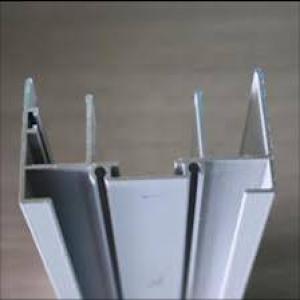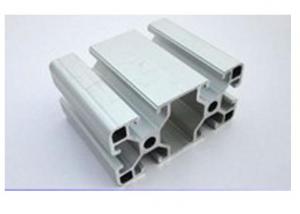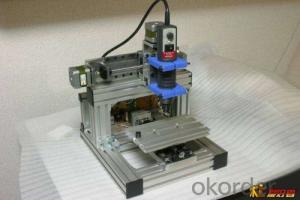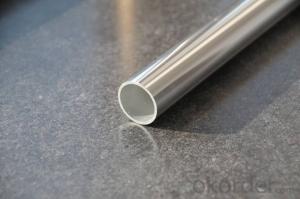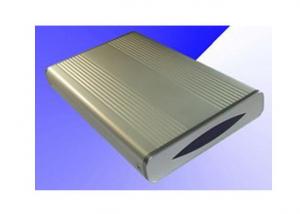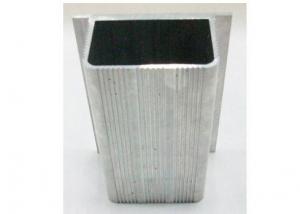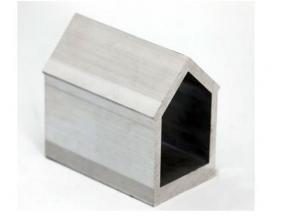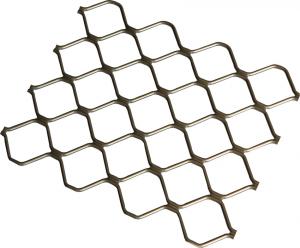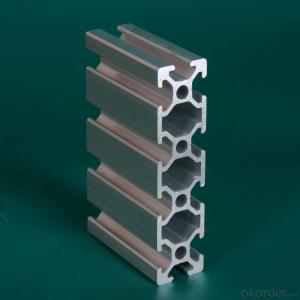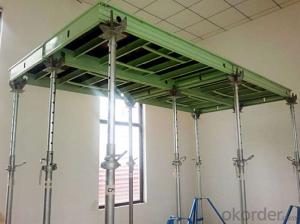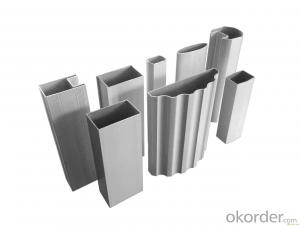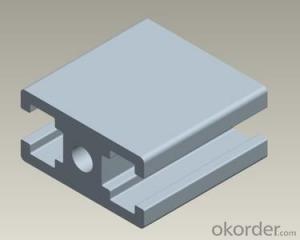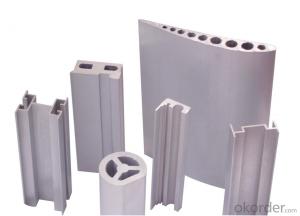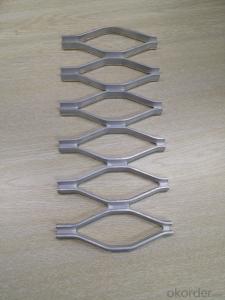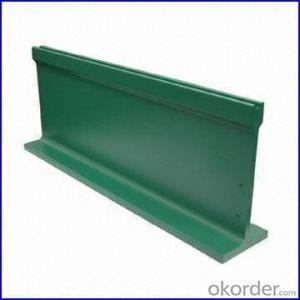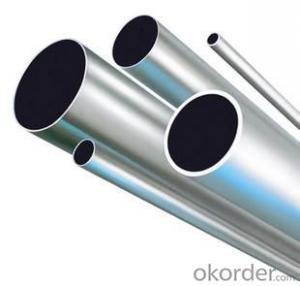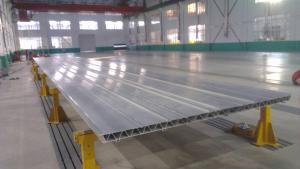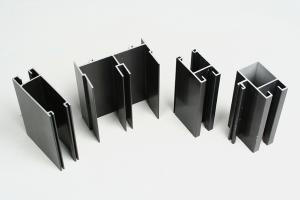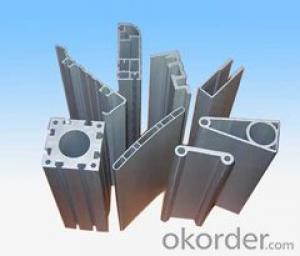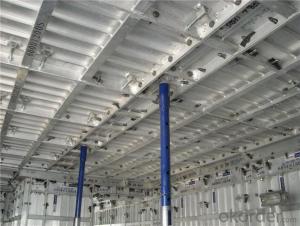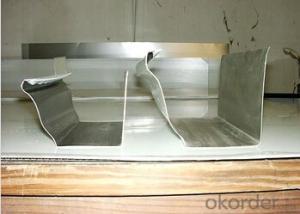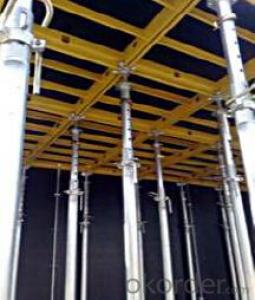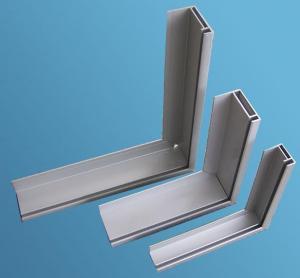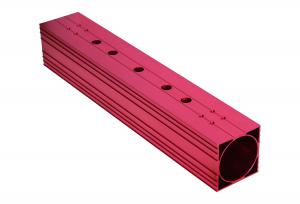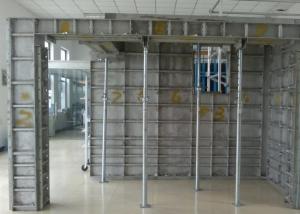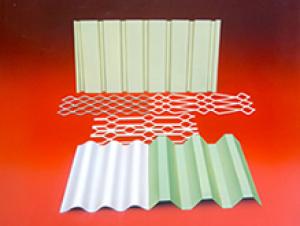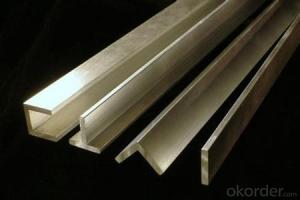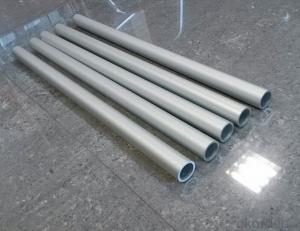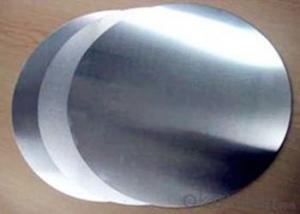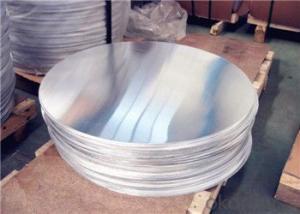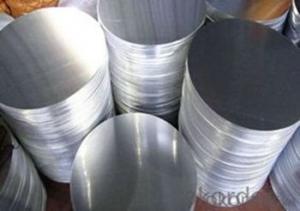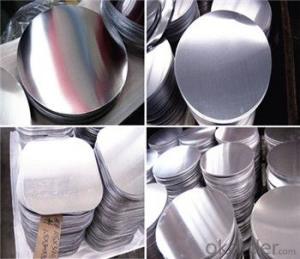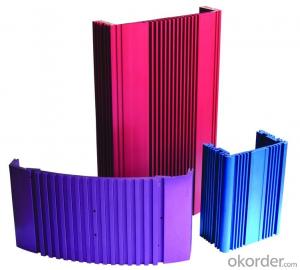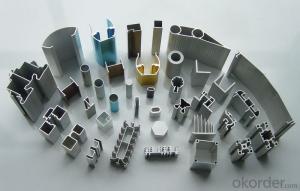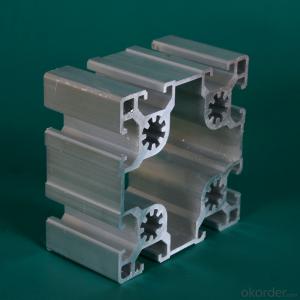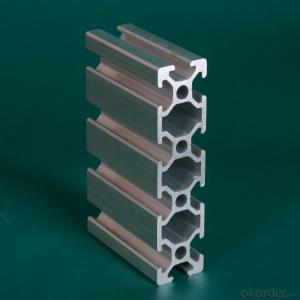Aluminum Extrusion Framing
Aluminum Extrusion Framing Related Searches
Aluminium Extrusion Aluminum Extrusions Aluminum Extrusion Shapes Aluminum Extrusion Plate Extruded Aluminum Frame Stock Aluminum Extruded Tubing Extruded Aluminum Beams Insulating Aluminum Window Frames Extruded Aluminum Rail Aluminum Extrusions Stock Shapes Extruded Aluminum Stock Shapes Extruded Aluminum Plate Extruded Aluminum Track Aluminum Extrusion Shapes Stock Bosch Aluminum Extrusion Cold Forming Aluminum Profile Extrusion Aluminum Foil Drawing Aluminum Extrusion Stock Extruded Aluminum I Beam Aluminum Embossing Foil Aluminum Frame Stock Aluminum License Plate Frame Aluminum License Plate Frames Aluminum Foil Painting Forging Aluminum Foil Aluminum Extrusions Stock Aluminum Electrical Wiring Aluminum Screen Frame Stock Extruded Aluminum HeatsinkAluminum Extrusion Framing Supplier & Manufacturer from China
Aluminum Extrusion Framing is a versatile and robust construction material that consists of aluminum profiles, which are designed for various applications. These extrusions are known for their strength, durability, and lightweight properties, making them ideal for a wide range of industries and projects. They can be used in creating frames for windows, doors, partitions, and other structures, offering a sleek and modern aesthetic while maintaining functionality.Aluminum Extrusion Framing finds its application in numerous scenarios, including commercial, industrial, and residential settings. It is commonly used in the construction of exhibition stands, retail displays, and architectural structures, as well as in the automotive, aerospace, and transportation industries. The product's adaptability allows for easy customization and assembly, making it a popular choice for both large-scale projects and smaller, more intricate applications.
Okorder.com is a leading wholesale supplier of Aluminum Extrusion Framing, boasting a vast inventory to cater to the diverse needs of customers worldwide. With a commitment to quality and customer satisfaction, Okorder.com ensures that the products they offer meet the highest standards and are available at competitive prices. This makes them a reliable source for those seeking to incorporate Aluminum Extrusion Framing into their projects, whether they are large-scale construction firms or individual enthusiasts looking to create custom solutions.
Hot Products
